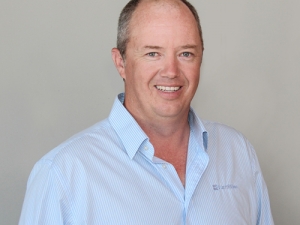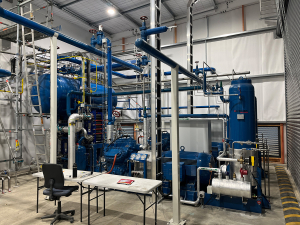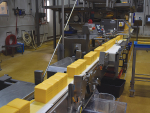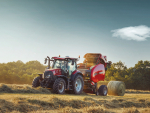Many of these costs are essential; as farmers we have a responsibility to ensure our stock are in good health and we are following good animal husbandry techniques.
In addition to these are the costs associated with reduced productivity and increased culling and/or wastage.
The NZ dairy cow is one of the most efficient in the world at converting pasture to milk and its maintenance requirements. However, because we rely so heavily on pasture as a main form of intake, there are times when the cow may have to buffer intakes and or nutritive levels. This may leave the cow more susceptible to illness.
Often we can be reactive to individual animal health issues, whereas in some cases having simple policies and procedures in place will lower the stress levels of farmer and cows by detecting problems early, treating those issues and minimising financial costs and wastage.
This article outlines some of the procedures, to help you apply a big picture view your herd's health.
Have a plan
There are several stages through the year when animal health issues are generally guaranteed, e.g. calving, bloat, facial eczema, etc. Make a plan with your vet for these times – they are your health professionals – and encourage staff to attend vet days/workshops.
Ensure all staff show empathy with stock.
If they don't feel cows are valued the results will always be the same – poor.
Cows store minerals in different ways for different periods of time, so make sure you know the details/requirements. As an example, cows cannot store magnesium well pre-calving, so ensure uptake is adequate every day.
Through calving, death rates and poor animal health will account for about 75% of your total health issues. Unfortunately this period is when we are most busy on farm, so have a plan.
 Observation
Observation
Cows are a great gauge of potential animal health issues, which is why it is so important to know your stock. This may not always be easy in a large herd situation, but keeping an eye on any changes in behaviour can help you spot health issues.
Look for the cow by herself either in the paddock or on the way to the shed. Know which cows are usually last on the raceway or in the shed; an unusual late cow is generally an early sign of something not right.
Spend time actually looking at your stock – driving past the herd at 30km/h doesn't count. You may spend countless hours in the shed milking but how much time do you spend observing and noting individual cows in the paddock environment?
Also remember that in most cases of a general 'outbreak' e.g. milk fever or facial eczema, one clinical case is usually accompanied by 6-10 sub-clinical cases.
Train your staff
Junior staff may not necessarily need to know all treatments but it is essential for your business and the farming future that they have the visual capability to assess any animal health issues and notify those managing the operation.
Teach your staff to look for simple signs:
◦ Reduction in milk production.
◦ How the cow moves/walks.
◦ Attitude in the paddock and cowshed.
◦ Obvious ill thrift symptoms – weight loss, appearance.
Protect your investment
Is your spending in the right area? Beware the snake oil sales. After the cost of land, the next largest asset in the balance sheet is stock.
Look after them and they will look after you.
It costs about $1500 to rear an animal from birth to first calving. For an average herd of 400 cows at 25% replacements this equates to $150,000.
This is a large investment in time and money and any major health issues or deaths increase those costs.
The table above shows current per cow costs compared to 2004-05 season.
The current financial situation will dictate spending to a large degree.
Look to trim the fat, not the muscle, out of your animal health costs; remember we still want to be milking the best cows in the best health next year.
Most importantly we have a responsibility as farmers to ensure the animals are in good health and give them the ability to meet our targets. ω
















